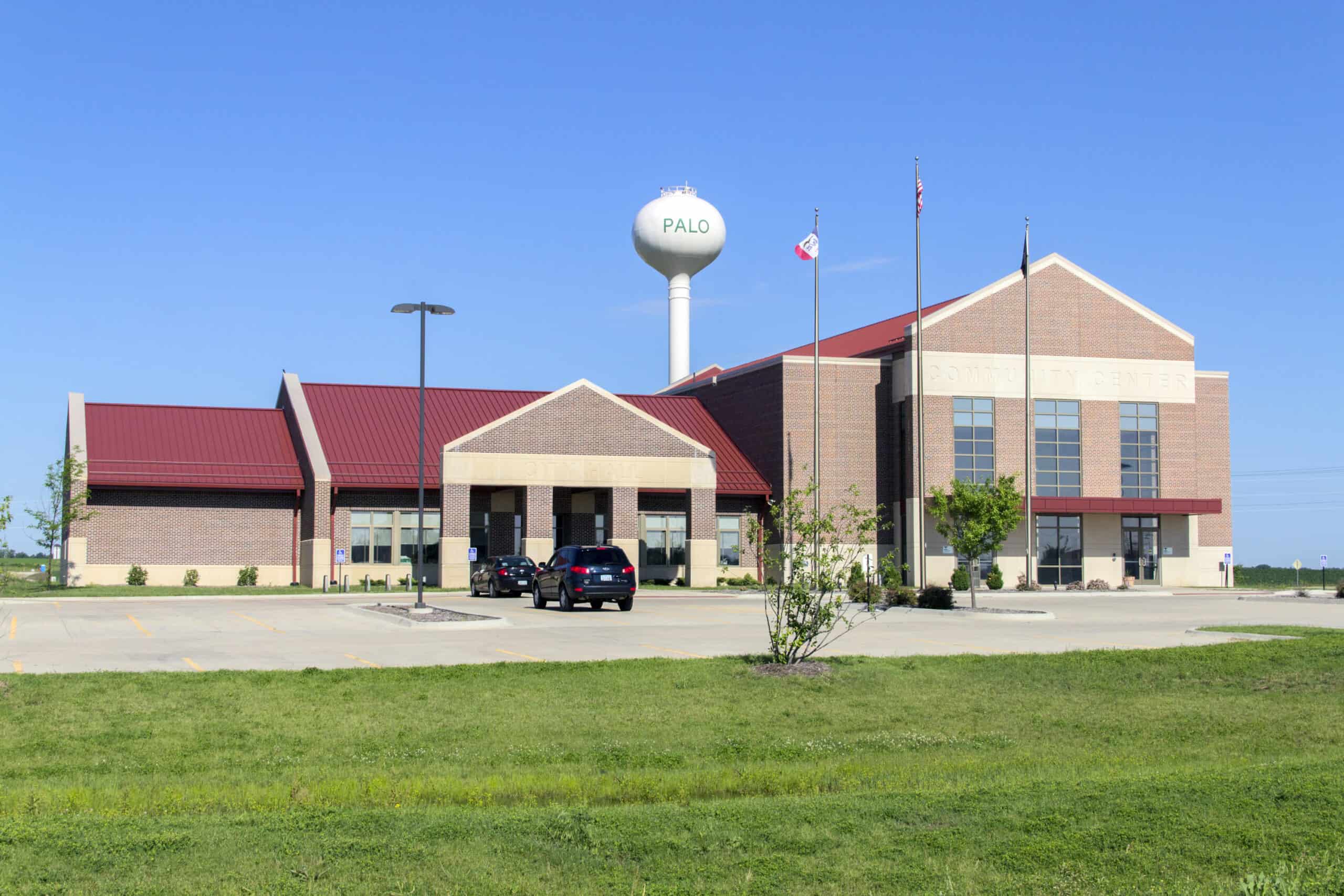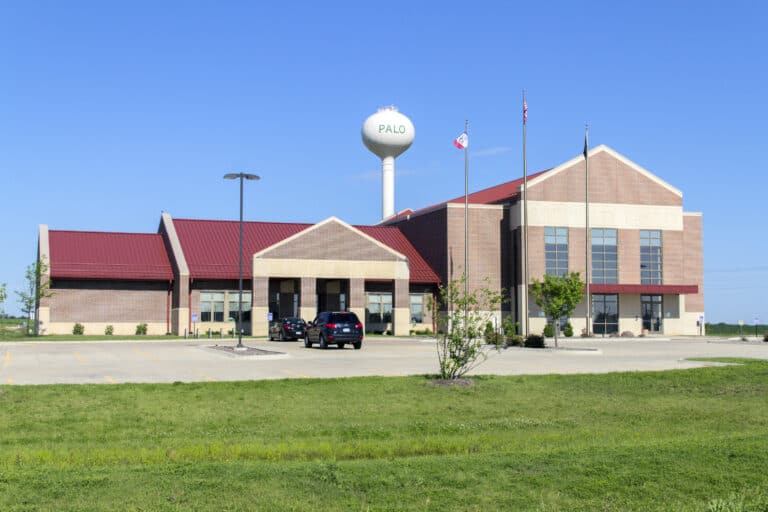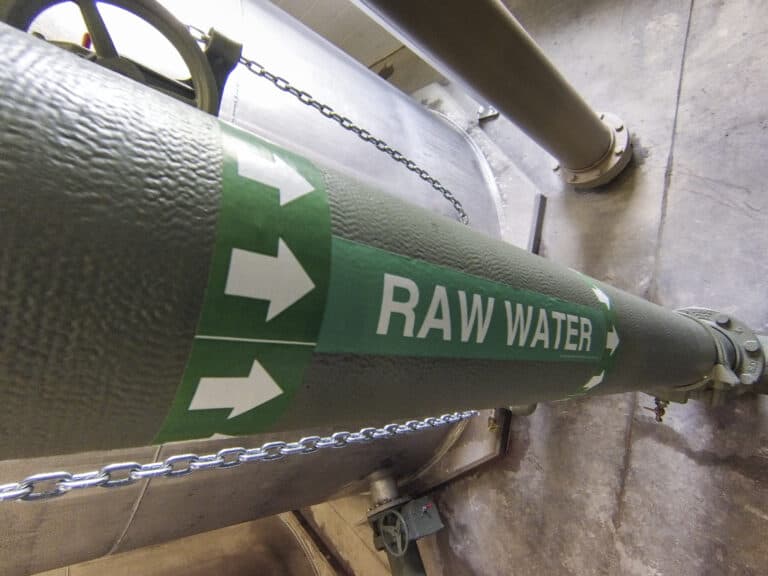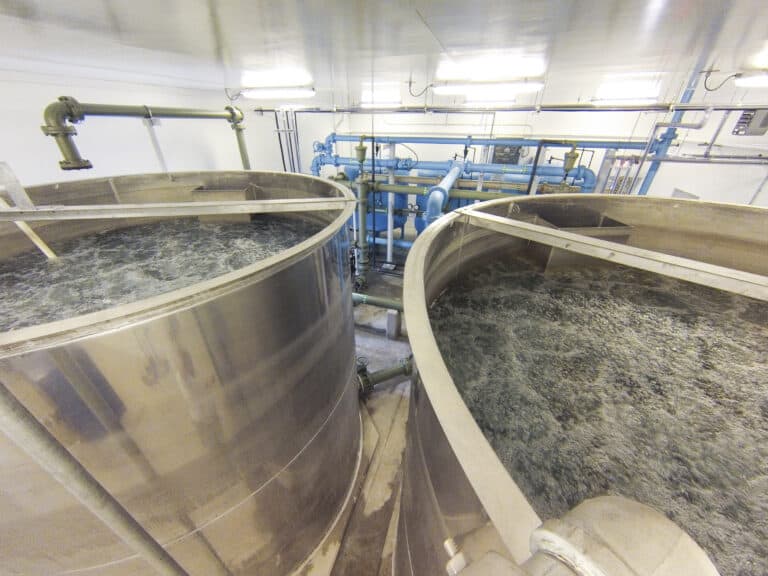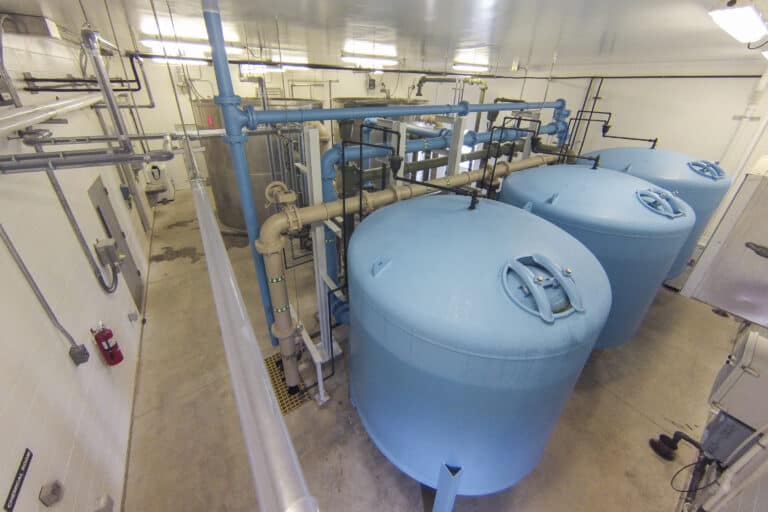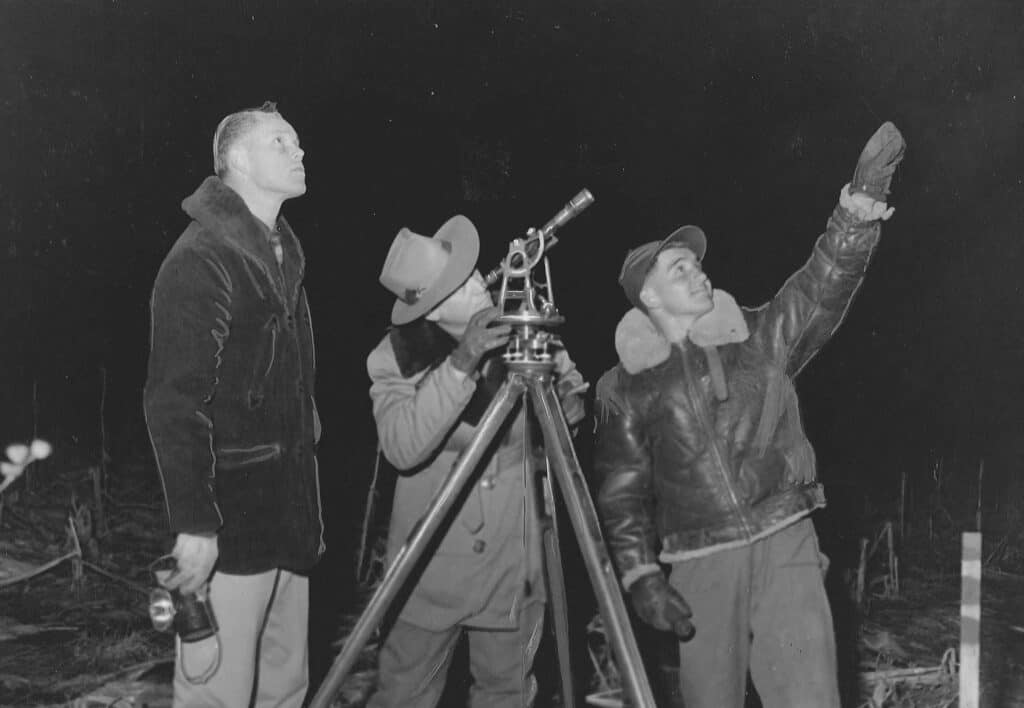The City of Palo is a town of approximately 900 people which had no city-wide public drinking water distribution system prior to the flood of June 2008. The residents relied on a variety of individual and neighborhood shallow sand point wells, which were contaminated in the flood. The City of Palo retained HR Green to develop a preliminary engineering report to evaluate source, treatment, distribution, and storage systems in order to improve their drinking water system and provide fire protection to the community. The distribution system evaluation included the following steps:
- An estimate of the potable water demand for the next 20 years
- Development of a proposed water distribution system map
- A WaterGems V8i software model was developed to analyze and distribution system and ensure that all design objectives were achieved. The model included 389 users and 105 fire hydrants. A working pressure range was determined
- Fire flows and pressures were calculated to confirm that minimum required pressures were met at each hydrant. The fire flows considered were based on values set by the Insurances Services Office (ISO)
- Sizing of a water tower to meet DNR requirements for peaking and fire flows. This included both volume accounting for fire flows and height to achieve the desired distribution system pressure
- Development of an opinion of probable construction cost based on primarily 8” and 12” PVC mains and including fire hydrants, valves, and incidental costs such as restoration
In addition to the distribution and storage improvements, the project also included drilling of an additional well and construction of a water treatment plant. A siting study was completed to determine the best location for the new well. The site selected was a City owned park and the well needed to be flood protected so an elevated platform was designed for the well controls.
A pilot study was conducted in cooperation with the US EPA to test removal of ammonia that is present in the source water. Removal of ammonia will reduce formation of harmful nitrites in the distribution system and will allow for improved disinfection. The first of its kind treatment plant includes two upflow, aerated biological contactors (150 gpm each) for ammonia removal, three pressure filters and a chlorination system. The treatment plant will also remove iron from the source water. The full-scale plant is currently in operation.
The project was funded largely by $6,450,000 grant from HUD/CDBG.
